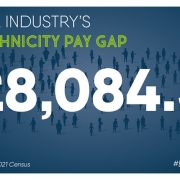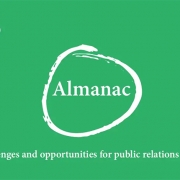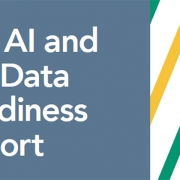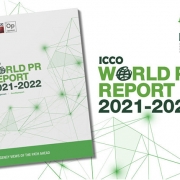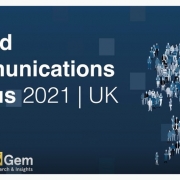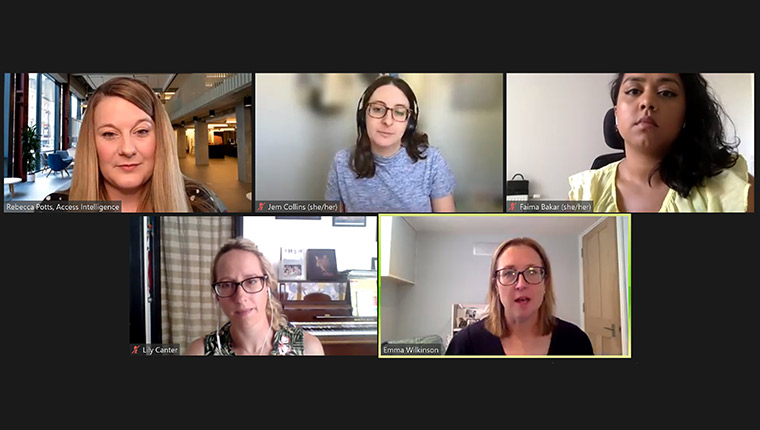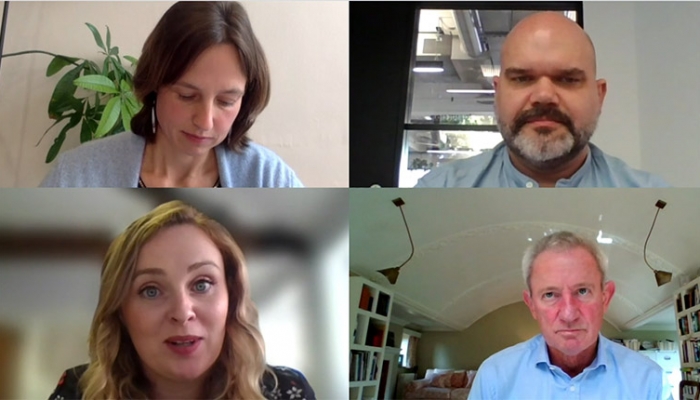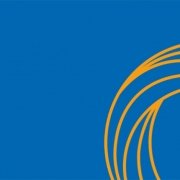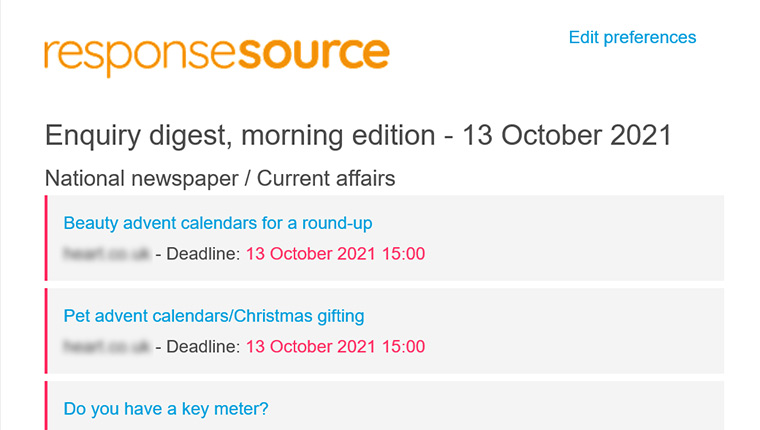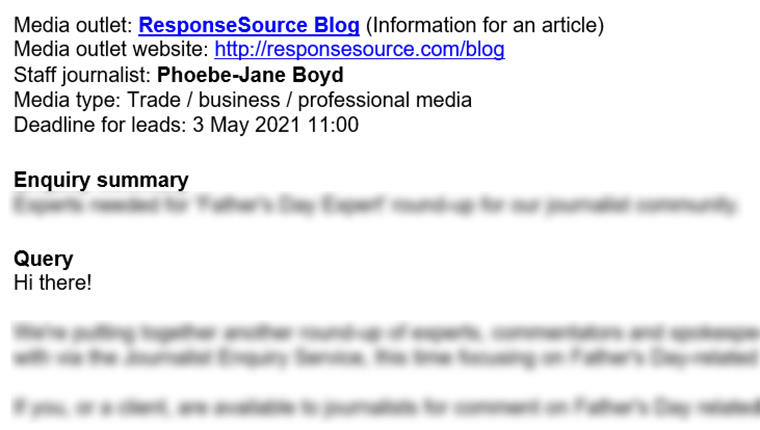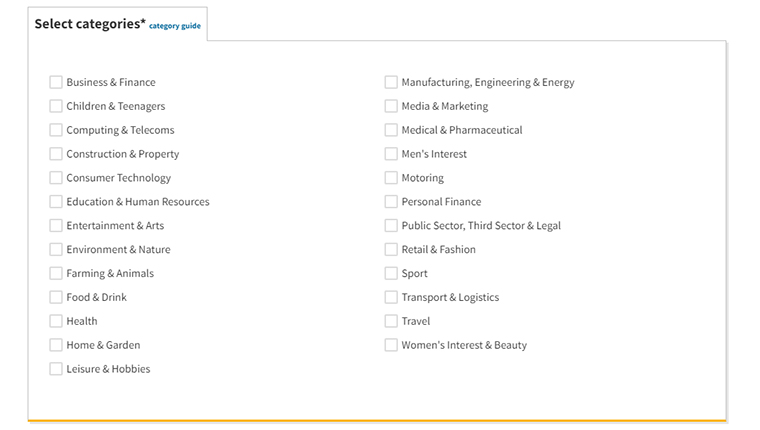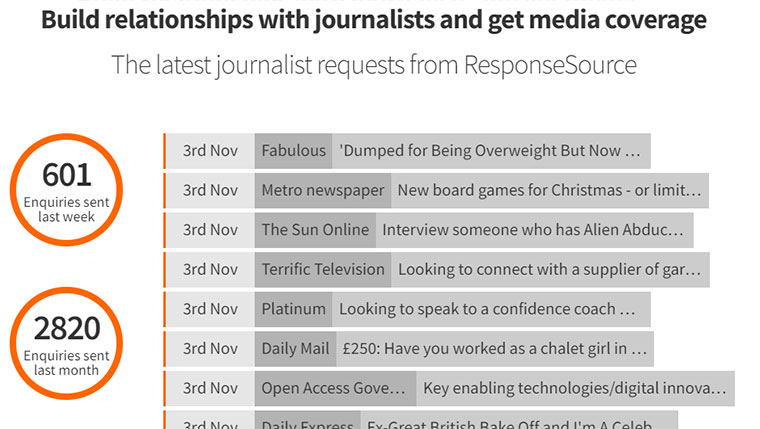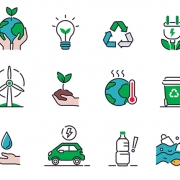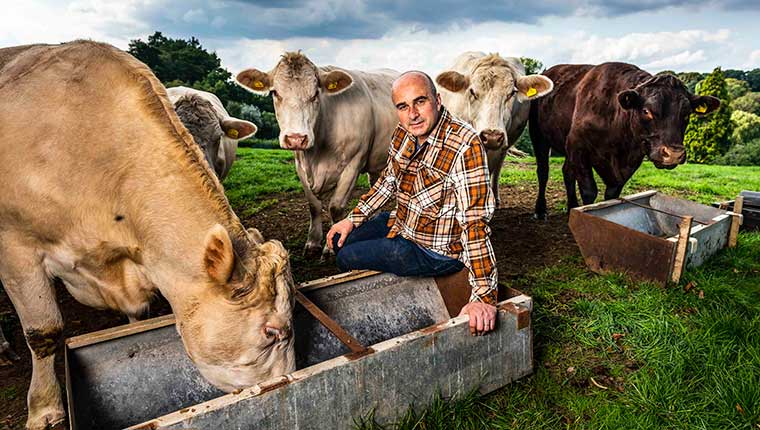10 top PR and communications guest posts of 2021
Upskilling and investing in yourself is always worthwhile, and what better time to get started than the beginning of a new year?
Our PR and comms community shared plenty of know-how and experience throughout 2021 – here are ten of our top guest posts from practitioners on topics including digital campaigning, influencer marketing and ESG.
1. How to nail a PR story to an awareness day
There are over 1,500 awareness days each year – how do you determine which ones to include in your content plan? From Gorgeous Grandma to Lost Sock Memorial Day, Bottle PR’s lead publisher Jamie Wilson highlights how to pick out the most interesting and relevant examples for your, and your clients’, upcoming projects.
2. Ideation tips for successful digital PR campaigns
Are your creative juices running a little dry at this time of year? Inspiration doesn’t have to come from places particularly grand or fateful – practical planning works well, too. I-COM’s digital PR strategist Chloe Rowlands shares steps to include in your ideation process and some evergreen topics to get you started.
3. Reactive PR: Turning something out of nothing
Reactive PR isn’t just for counteracting brand or celebrity scandals – it’s a skill worth having in every PR’s toolbox, believes Fibre’s digital PR specialist Alice Wilks. Boost your company’s online presence and improve your own SEO prowess by taking notes from this guest post on what can be a positive and proactive approach.
4. Influencer marketing: 5 dos and don’ts
The influencer marketing industry continues to grow, despite occasional controversy regarding creators, their processes and differences to ‘traditional’ media professionals and journalists. Investment in influencers is smart strategy, as is avoiding the potential pitfalls – here Smoking Gun’s managing director Rick Gutteridge lists the dos and don’ts.
5. 4 reasons why introverts make great PRs
An enduring stereotype about public relations is that the industry is made up of extroverts ready to network at a moment’s notice – Prezzybox’s Alex Spencer advocates for the introverts among our ranks, pointing out why there’s room for everyone in the creative industries.
6. Building on the lessons of 2020 for 2021’s opportunities in PR and communications
Working through a pandemic (we managed to get through half of this post without mentioning it) has been a very steep learning curve for the majority of us, who hadn’t faced times as stressful or unpredictable in our professional lives before. With the lessons to be learned came opportunities, writes Kerry Sheehan in this guest post.
7. Stress Awareness Month: How to support staff wellbeing
And on the subject of stress (another enduring issue in PR and comms), this piece from Hotwire’s head of people and culture Kam White has ideas for managing how it impacts you and your team. Stress Awareness Month isn’t until April, but it’s never too early to get a start on looking out for yourself and your colleagues.
8. How to implement a PR strategy for a local charity
‘More than ever before, it matters to do good things, not just for your clients, but for those who need it the most’ believes Spike’s PR & Outreach Manager Andre Gwilliam, whose step-by-step guide to working with a local charity explains how to make the most of your PR skillset to help others in your community.
9. 6 reasons why ESG is something comms should care about
Environmental, Social and Governance – a huge trend for last year in comms, and one you definitely need to care about this year, too. The Media Foundry’s associate director Kat Jackson has the main reasons ESG isn’t just a trendy initialism.
10. How to build a close-knit team when working from different places
Hybrid working has changed the way teams interact – is it really possible to form lasting bonds with your colleagues when water cooler conversations about Bake Off aren’t possible? Yes, says Degreed’s global head of comms, content & client advocacy teams Sarah Danzl – read up on how teamwork really can make the dream work (for business-related matters, and important TV catch-ups).
Have knowledge you’d like to share with others working in the PR and comms industry as part of our PR Club? Get in touch: [email protected].
Stay connected with the media and up-to-date with the latest trends and big stories – find out more about the Vuelio Media Database here.


